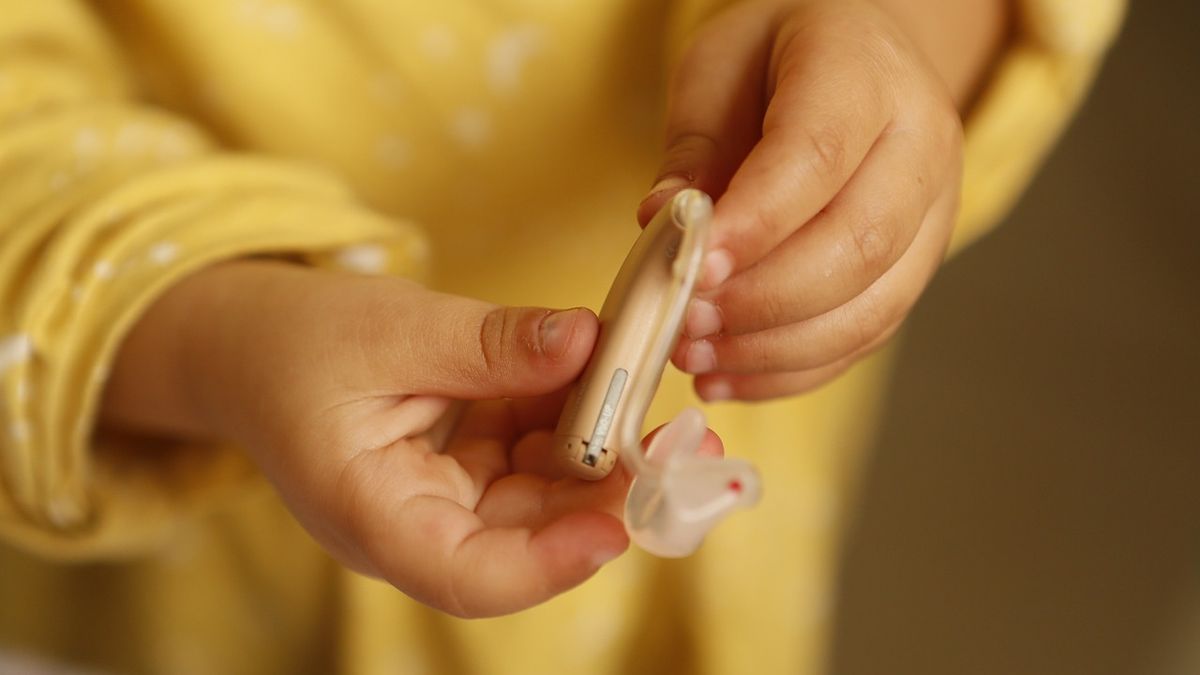What types of hearing aids are there? (adv)
Hearing aids are a valuable aid for people with hearing loss, helping them perceive sounds and communicate better. There are several types of hearing aids available today, each designed to meet different needs and preferences. In this article, we will provide an overview of the different types of hearing aids currently on the market, so that you can better understand the options available.
Contents
Behind-the-ear (BTE) hearing aids
Behind-the-ear hearing aids are one of the most common types. They consist of a housing that is worn behind the ear and connected to an earpiece that fits inside the ear. BTE hearing aids are suitable for different degrees of hearing loss and often offer advanced features such as noise reduction and connectivity with other devices via Bluetooth.
In-the-ear (ITE) hearing aids
In-the-ear hearing aids are more compact and fit completely in the ear. They are available in different sizes, from invisible in the ear canal to slightly larger models that fit in the auricle. ITE hearing aids are discreet and comfortable, and some models offer advanced features such as directional microphones and customizable listening programs.
In-the-canal (IHK) hearing aids
In-the-canal hearing aids are even smaller and fit partially into the ear canal. They are less visible than other types and can provide a more natural sound because they are placed closer to the eardrum. IHK hearing aids are suitable for mild to moderate hearing loss and may include some advanced features depending on the specific model.
Open-ear hearing aids
Open-ear hearing aids are designed to provide a more natural sound and reduce occlusion (the ‘clogged’ feeling) in the ear. They have a smaller housing behind the ear and a thin sound tube that is placed in the ear canal. Open-ear hearing aids are especially suitable for people with mild to moderate high-pitched hearing loss.
Implants
In addition to traditional hearing aids, there are also different types of hearing implants available for people with severe hearing loss. Cochlear implants are surgically placed in the inner ear and provide direct stimulation to the auditory nerves. Bone Anchored Hearing Aids (BAHA) use a titanium implant that transmits vibrations to the inner ear via bone conduction.
Rechargeable hearing aids
Rechargeable hearing aids are gaining popularity due to their convenience and environmental friendliness. These hearing aids have built-in rechargeable batteries that can be easily charged, usually via a charging station or USB cable. This eliminates the need to regularly change batteries, which is useful for people with impaired motor skills.
Bluetooth and wireless connectivity
Many modern hearing aids are equipped with Bluetooth technology, which allows them to connect to other electronic devices, such as smartphones, televisions and computers. This connectivity allows users to stream sound directly to their hearing aids, improving the listening experience and making communication easier, especially in noisy environments.
Waterproof and moisture-resistant hearing aids
For people who lead active and sporty lifestyles, waterproof and moisture-resistant hearing aids are a godsend. These hearing aids are designed to withstand moisture, sweat and even immersion in water, making them suitable for swimming, showering and other water-related activities.
Choosing the right type of hearing aid depends on several factors, including the severity of the hearing loss, personal preferences, lifestyle and budget. It is advisable to consult a professional hearing care professional for a comprehensive hearing assessment and advice on which type of hearing aid is most suitable.
Thanks to continuous technological developments and innovations, different types of hearing aids are available today to meet the diverse needs of people with hearing loss. Whether behind-the-ear, in-the-ear, open-ear, rechargeable, wireless, waterproof or implantable hearing aids, there is a wide range of options available. It is important to consult a hearing care professional to make the right choice based on individual needs and preferences. With the right hearing aid, people with hearing loss can enjoy an enhanced sound experience and a better quality of life.



